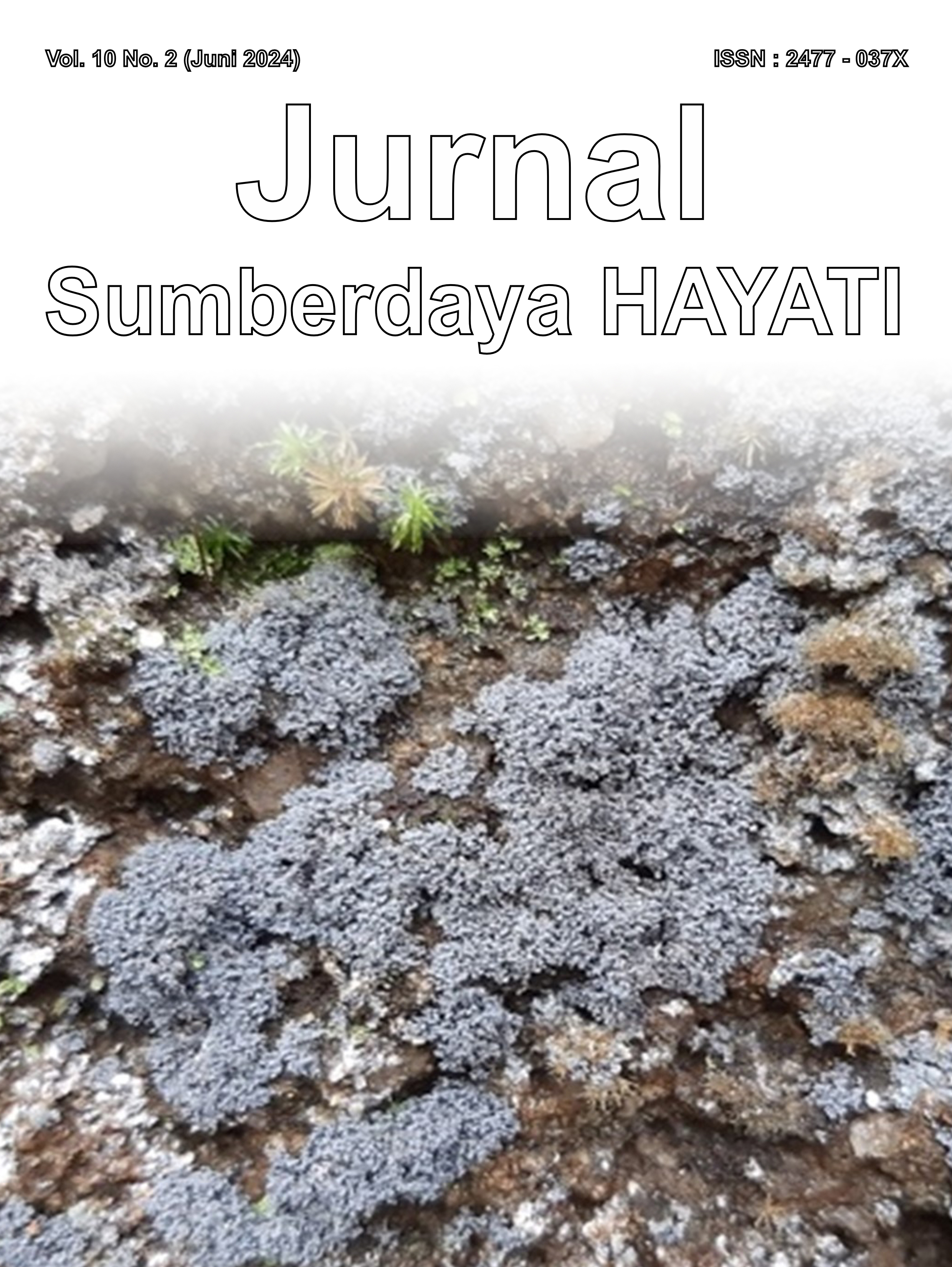Pemanfaatan Bakteri Asam Laktat (BAL) Amilolitik untuk Fermentasi Tepung Terigu dan Gandum
Using of Amylolytic LAB for Fermentation of White Wheat and Whole Wheat Flour
Abstract
The national demand for carbohydrates in flour continues to increase significantly due to the emergence of contemporary food products that use flour as the primary ingredient. One of the products used in producing food is sourdough, which is fermented flour. Lactic acid bacteria (LAB) have a role in food fermentation by producing lactic acid. Amylolytic LAB can produce amylase enzyme, a biocatalyst in the starch hydrolysis process. One of the products made from the fermentation of wheat flour is sourdough. This study aims to determine the character of amylolytic LAB in wheat and wheat flour fermentation. The research methods include rejuvenation of LAB, selection of isolates, fermentation of starchy materials, and characterization of fermented liquid. The selection of bacteria was based on cell viability and pH, which showed that isolated Pediococcus pentasaceus E1222 could be used as a starter for starchy fermentation. The highest total acid and cell viability were produced in 24-hour wheat and wheat flour fermentation. Fermented wheat flour and flour had the most favorable aroma and texture, and fermented flour had the most favorable taste. Isolate Pediococcus pentasaceus E1222 is an isolate that can be used in making sourdough.
Downloads
Copyright (c) 2024 Meisy Nawang Suyono, Titi Candra Sunarti, Anja Meryandini

This work is licensed under a Creative Commons Attribution 4.0 International License.
Authors who submit and publish with this journal agree to the following terms:
1. Authors retain copyright and grant the journal/publisher non exclusive publishing rights with the work simultaneously licensed under a Creative Commons Attribution 4.0 International License.
![]()













